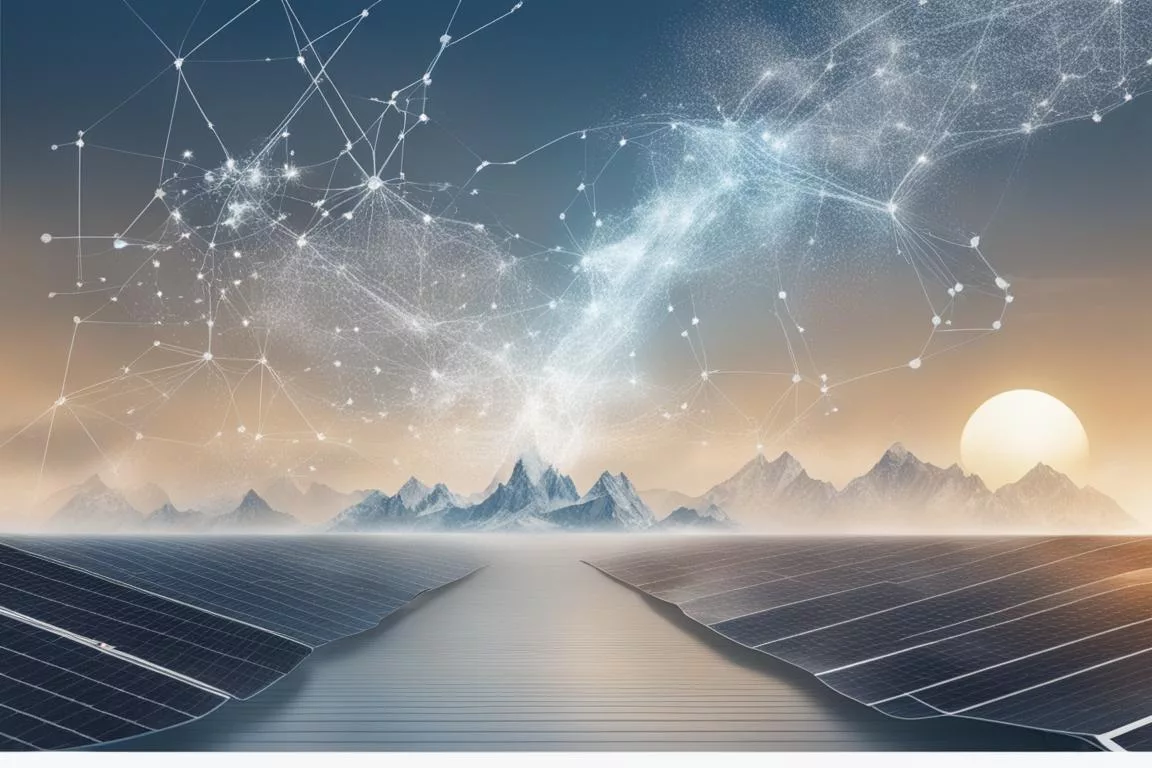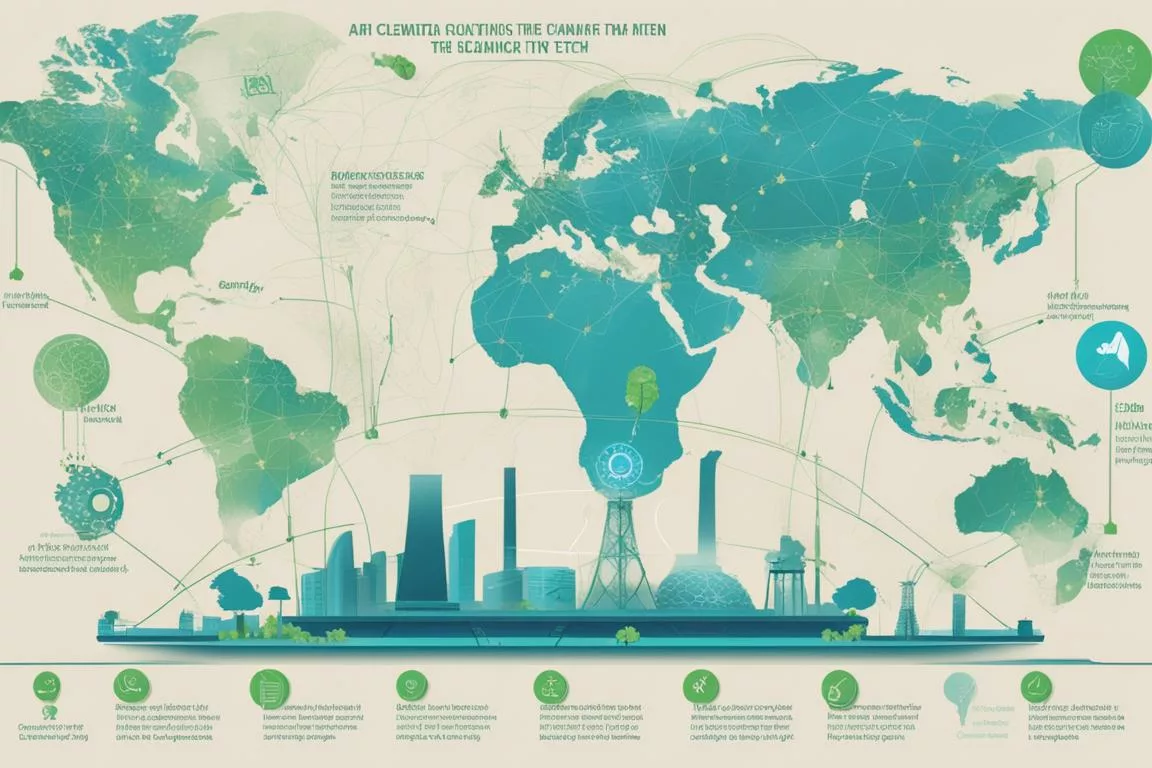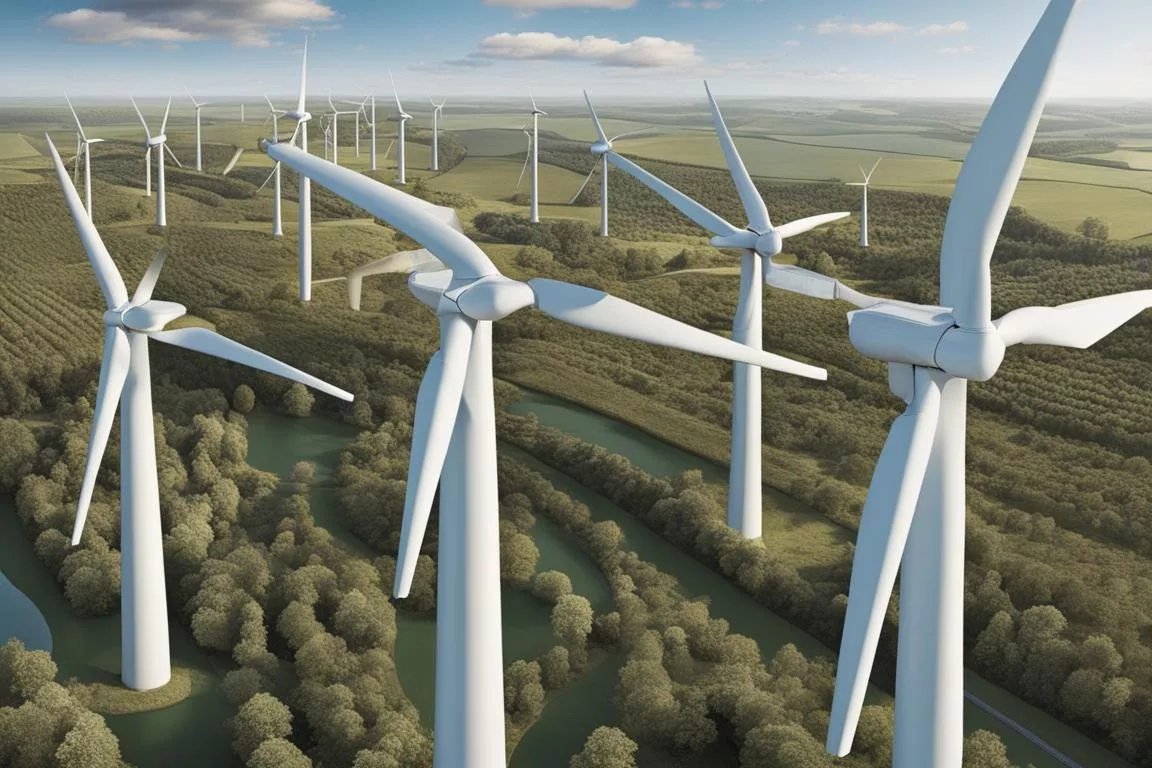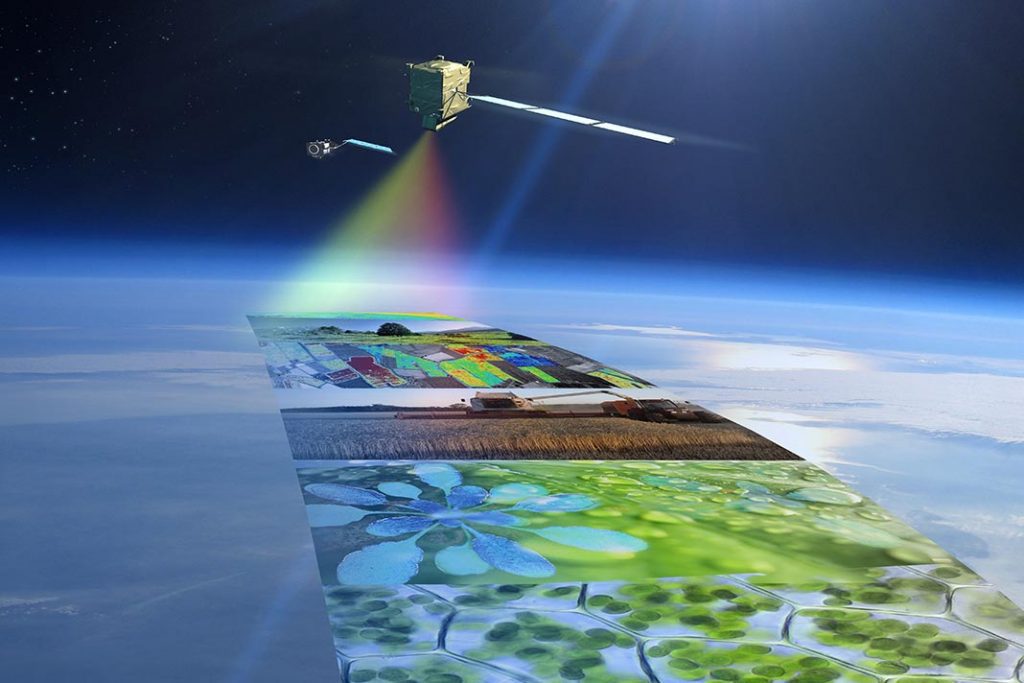The world is at a crossroads. As we grapple with the monumental challenge of climate change, the role of advanced technologies, particularly Artificial Intelligence (AI), in offering viable solutions has never been more critical. Far from being confined to the realms of sci-fi and tech enthusiast forums, AI is now at the forefront of environmental conservation efforts, revolutionizing how we monitor, understand, and mitigate the impacts of climate change. This exploration isn’t about hypotheticals; it’s about real, tangible ways in which AI is making a difference right now. So, let’s dive in and discover how AI is not just a tool but a game-changer in our collective fight against global warming.
Artificial Intelligence for Environmental Monitoring
By reading this article, you will learn:
– AI predicts extreme weather events, reduces energy consumption, and improves food production.
– It monitors air pollution, tracks deforestation, and predicts climate change impacts.
– AI helps reduce the carbon footprint of data centers, clean up the environment, and improve climate models.
1. Predicting extreme weather events

The ability of AI to predict extreme weather events with unprecedented accuracy is nothing short of revolutionary. Gone are the days when meteorologists relied solely on historical data and somewhat rudimentary models. Today, machine learning algorithms, fed by real-time data from satellites, weather stations, and ocean buoys, can predict severe weather phenomena like hurricanes, floods, and heatwaves with remarkable precision. This isn’t just about being better informed; it’s about saving lives and mitigating economic losses. Imagine getting a precise flood warning weeks, not just days, in advance, allowing for effective evacuation plans and safeguarding of infrastructure. It’s happening now, and it’s a game-changer.
Insider Tip: Incorporating deep learning models can significantly enhance the accuracy of weather predictions, especially in regions prone to sudden climatic shifts.
2. Reducing energy consumption
AI’s role in reducing energy consumption is multifaceted and ingenious. Smart grids, powered by AI, optimize electricity distribution in real-time, reducing wastage and enhancing efficiency. This means that renewable energy sources can be integrated more effectively into our power grids, ensuring that green energy is used exactly when and where it’s needed. On a smaller scale, AI-driven systems in homes and buildings manage heating, cooling, and lighting needs, slashing energy use and costs. Personal anecdote: after installing an AI-powered thermostat in my home, my energy bill dropped by 20%!
Insider Tip: Look for AI systems that learn from your habits to optimize energy usage without compromising on comfort.
3. Improving food production
In the realm of agriculture, AI is revolutionizing how we grow food, making the process more efficient and less resource-intensive. Precision agriculture, facilitated by AI, allows farmers to monitor crop health, soil conditions, and weather patterns, adjusting their practices to maximize yield and minimize environmental impact. Drones and sensors collect data, which AI algorithms analyze to provide actionable insights. This technology isn’t just for large-scale farms; smallholders can also benefit, leading to more sustainable food production worldwide.
Insider Tip: AI-driven crop monitoring can significantly reduce the need for chemical fertilizers and pesticides, promoting organic farming practices.
4. Monitoring air pollution

The battle against air pollution is being bolstered by AI. Networks of sensors, scattered across cities and industrial sites, continuously monitor air quality, detecting pollutants in real-time. AI algorithms then analyze this data, identifying pollution sources and predicting pollution hotspots. This information is crucial for policymakers and environmental agencies in crafting targeted interventions. Moreover, public access to this data through mobile apps and websites empowers individuals to make informed decisions about their health and advocate for cleaner air.
5. Tracking deforestation
Deforestation is a critical issue, contributing significantly to climate change. AI, coupled with satellite imagery, is a powerful tool in monitoring forest cover changes, detecting illegal logging activities, and assessing reforestation efforts. This satellite-based surveillance, enhanced by AI’s pattern recognition capabilities, allows for near real-time tracking of deforestation activities globally. Such transparency is vital in holding governments and corporations accountable and ensuring that commitments to reduce deforestation are met.
6. Predicting climate change impacts
Understanding the potential impacts of climate change is essential for planning and adaptation. AI models, more sophisticated and accurate than ever, simulate various climate scenarios, helping scientists and policymakers anticipate changes in weather patterns, sea levels, and biodiversity. These predictions inform infrastructure planning, conservation efforts, and emergency preparedness, ensuring that communities are resilient in the face of climate change.
7. Reducing the carbon footprint of data centres
Data centres consume an enormous amount of energy, but AI is helping to change that. Through advanced algorithms, AI optimizes data centre operations, improving cooling efficiency and reducing electricity consumption. Google’s DeepMind AI, for example, reduced cooling costs in data centres by 40%, showcasing the potential for substantial energy savings and carbon footprint reduction.
8. Helping to clean up the environment
AI isn’t just about monitoring and prediction; it’s also actively helping to clean up the planet. Robots, equipped with AI, are being used to collect waste in rivers, oceans, and on beaches. Additionally, AI-driven platforms are optimizing recycling processes, ensuring that more materials are effectively reused, reducing the need for new resources and minimizing waste.
9. Making the most of renewable energy sources

Renewable energy’s variability has been a challenge, but AI is turning it into an advantage. By predicting weather patterns and energy demand, AI optimizes the operation of wind and solar farms, ensuring maximum output. Furthermore, AI algorithms manage the integration of these intermittent energy sources into the power grid, stabilizing supply and paving the way for a sustainable energy future.
10. Improving climate models
Finally, AI is refining climate models, making them more accurate and comprehensive. By processing vast amounts of environmental data, AI algorithms uncover patterns and correlations that human researchers might miss, leading to deeper insights into the complex dynamics of climate change. This enhanced understanding is crucial for developing effective strategies to combat global warming.
Insider Tip: Participate in citizen science projects that leverage AI for environmental monitoring. Your contributions can make a difference.
Conclusion
The fight against climate change is daunting, but with AI and machine learning, we have powerful allies. From predicting extreme weather events to optimizing renewable energy sources, AI is transforming how we understand and address environmental challenges. As technology continues to advance, its role in protecting our planet will only grow, offering hope and tangible solutions for a sustainable future. Let’s embrace these innovations, support their development, and leverage them in our ongoing battle against climate change.
FAQs
What is artificial intelligence for environmental monitoring?
Artificial intelligence uses algorithms to analyze environmental data for insights.
Who can benefit from using AI for environmental monitoring?
Researchers, government agencies, and organizations can benefit from AI’s ability to process and analyze large environmental datasets.
How does artificial intelligence improve environmental monitoring?
AI can process vast amounts of data quickly and accurately, providing insights into environmental trends and changes.
What if I don’t have technical expertise to use AI for environmental monitoring?
Many AI tools for environmental monitoring are designed to be user-friendly and accessible to non-technical users.
How can AI help address climate change through environmental monitoring?
AI can identify patterns and trends in environmental data, helping to understand and address the impact of climate change.
What are the objections to using AI for environmental monitoring?
Some may be concerned about the cost and complexity of implementing AI, but there are user-friendly and cost-effective solutions available.


